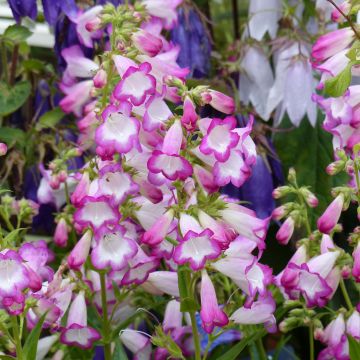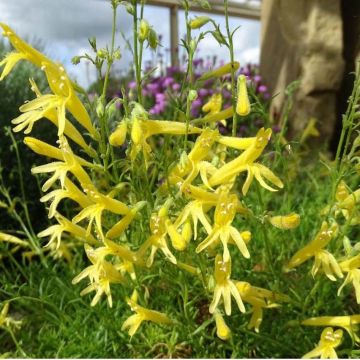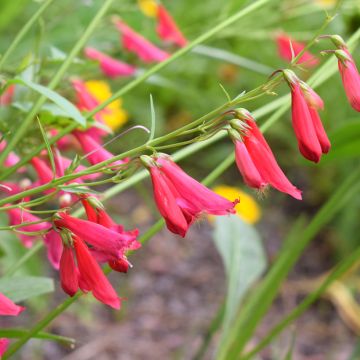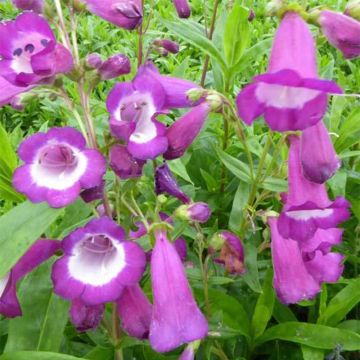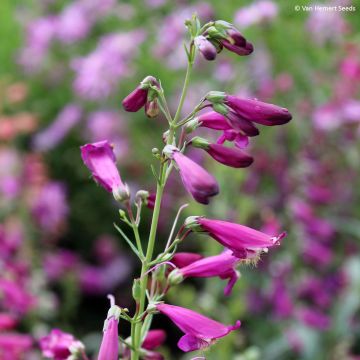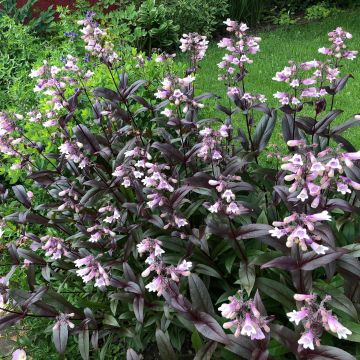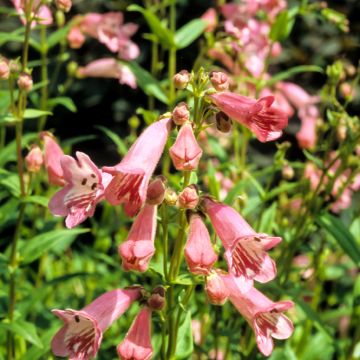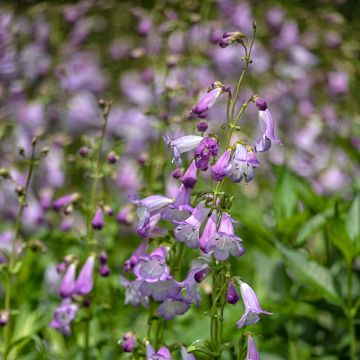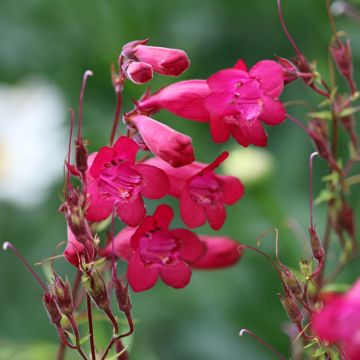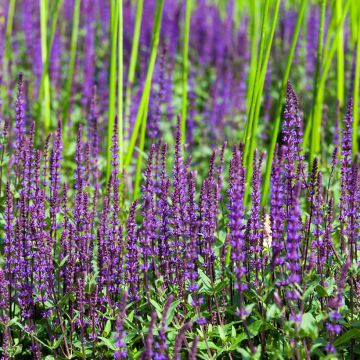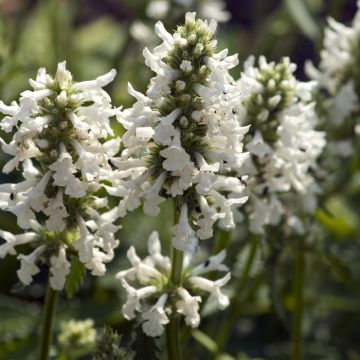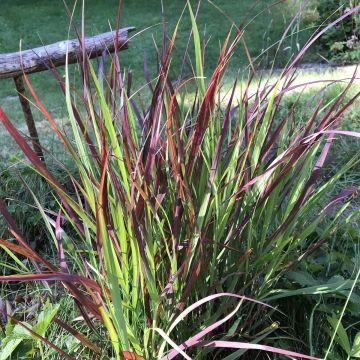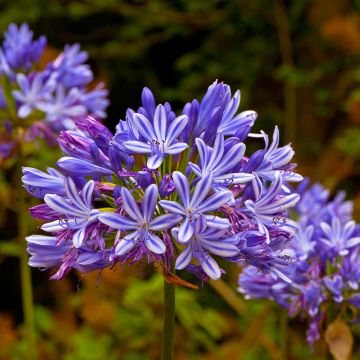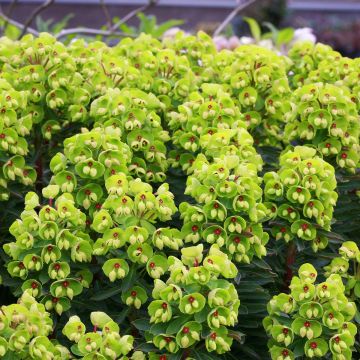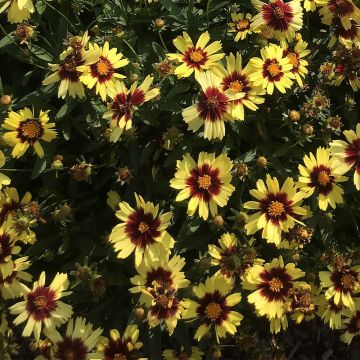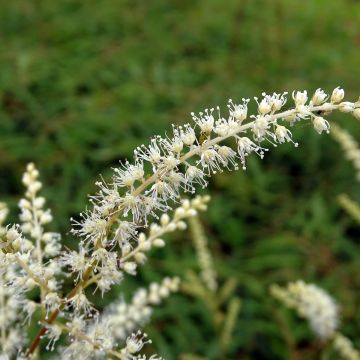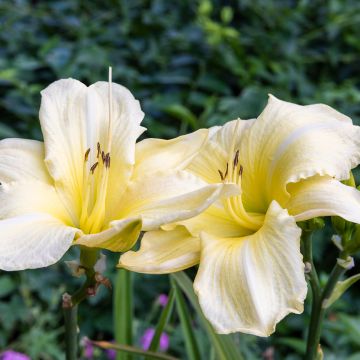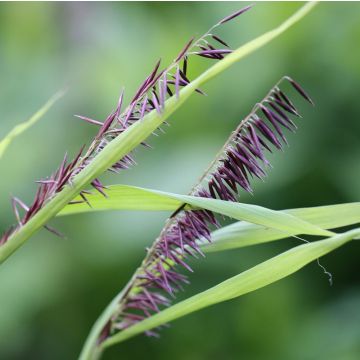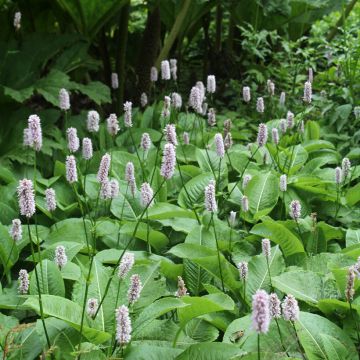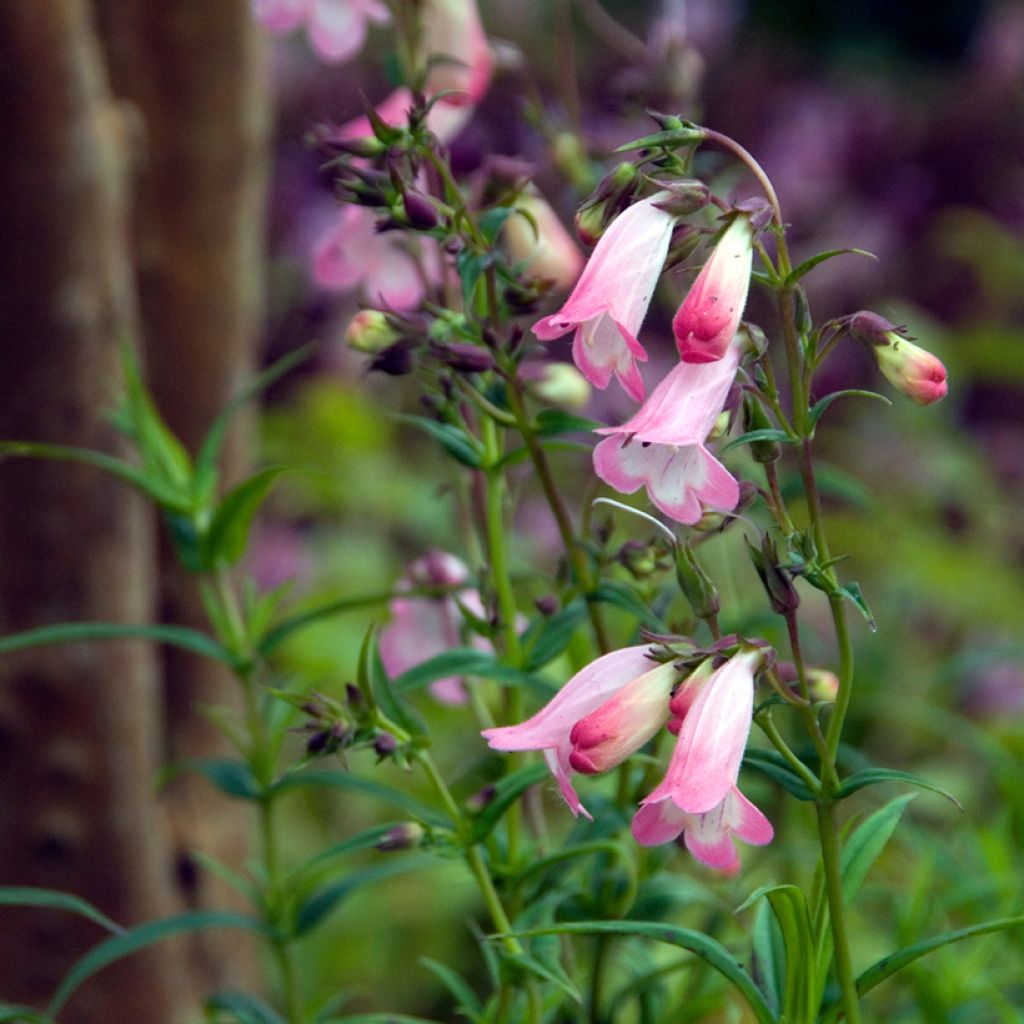

Penstemon Apple Blossom - Beardtongue
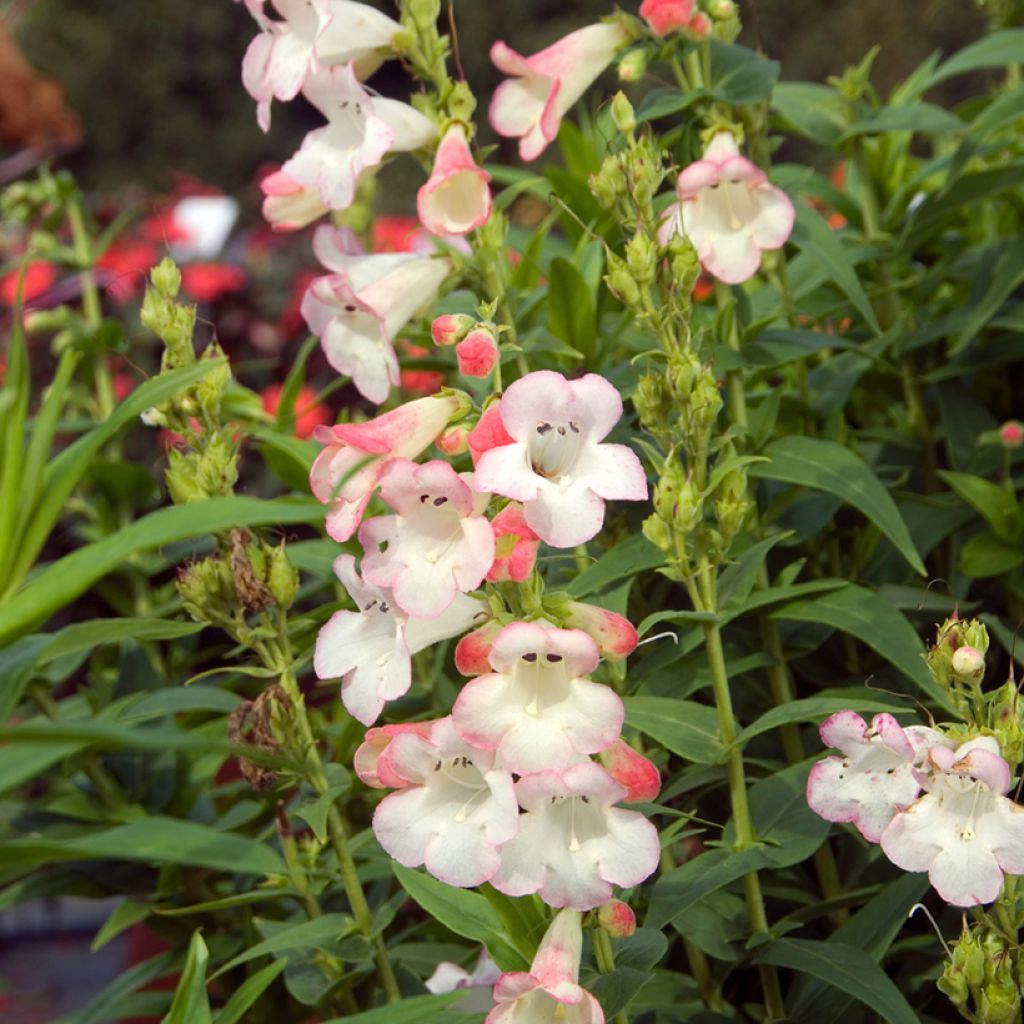

Penstemon Apple Blossom - Beardtongue
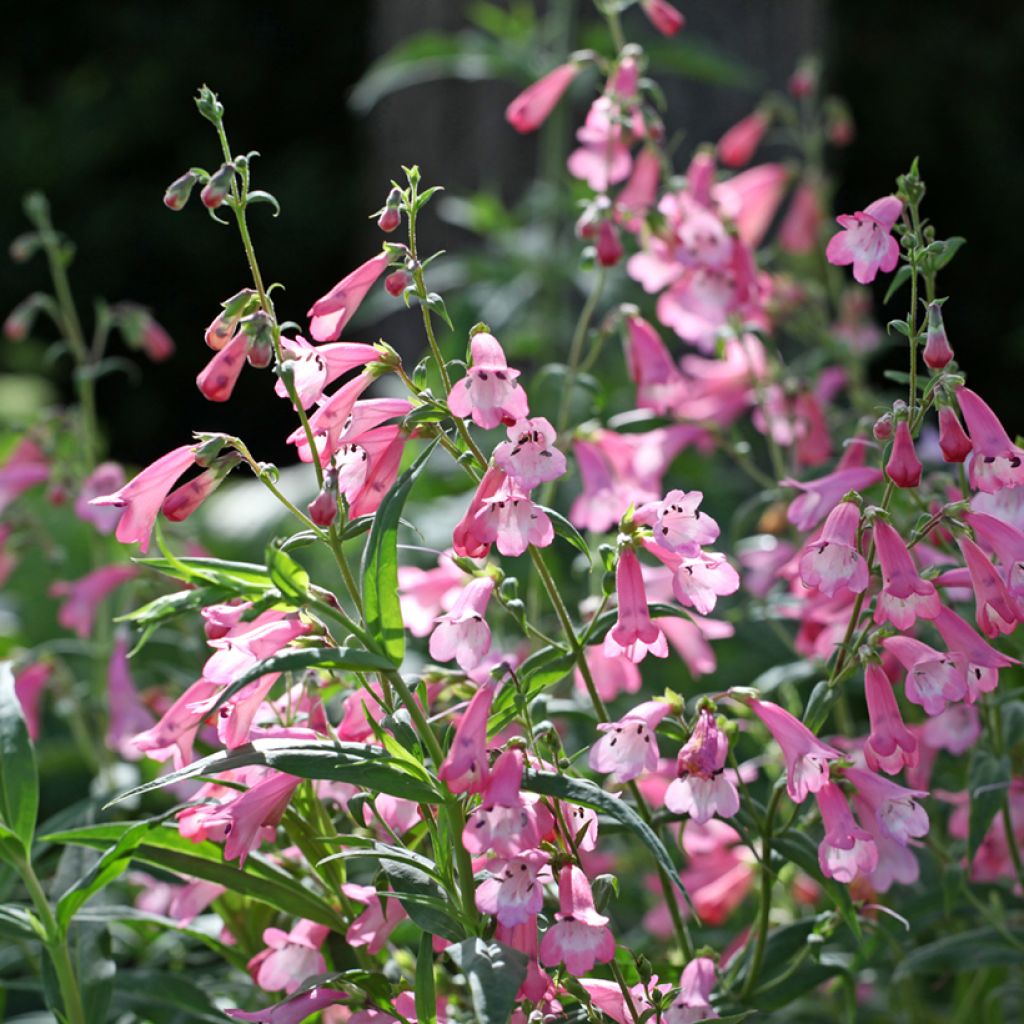

Penstemon Apple Blossom - Beardtongue
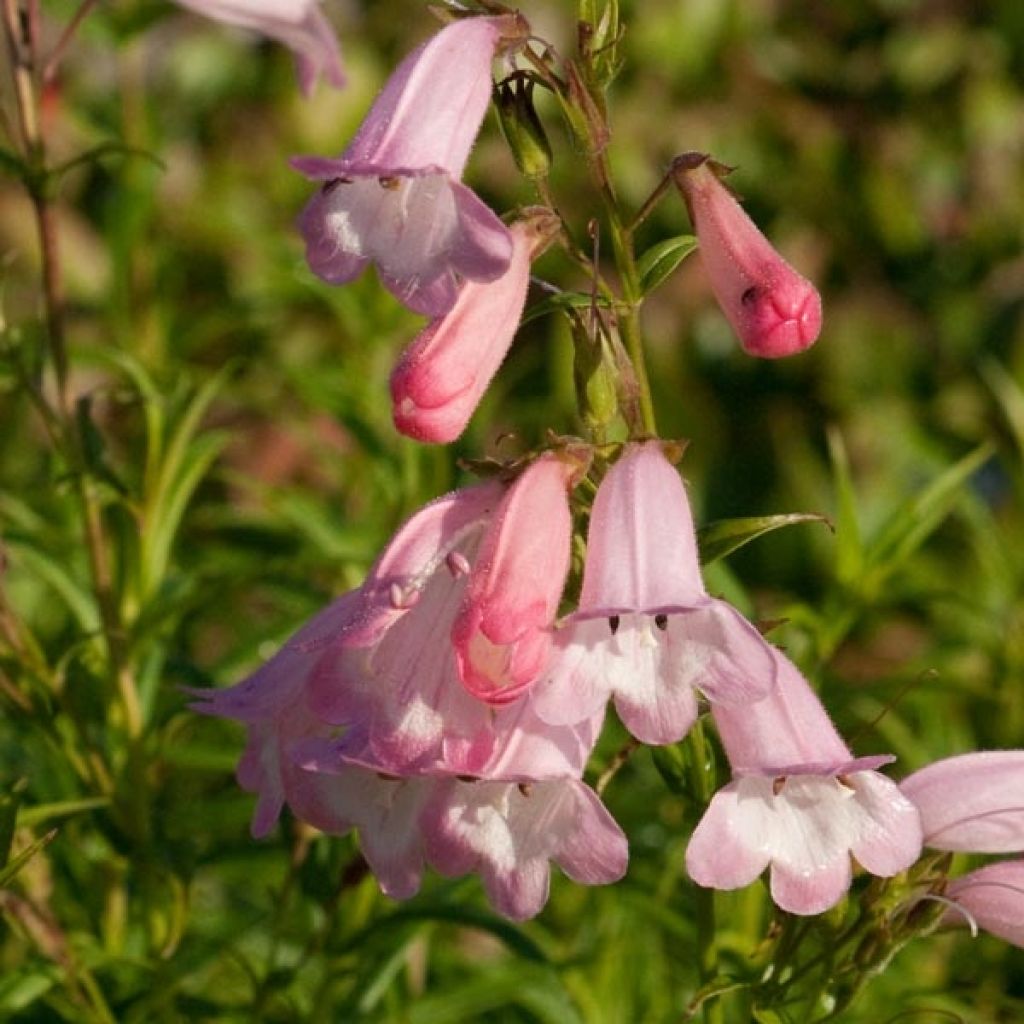

Penstemon Apple Blossom - Beardtongue
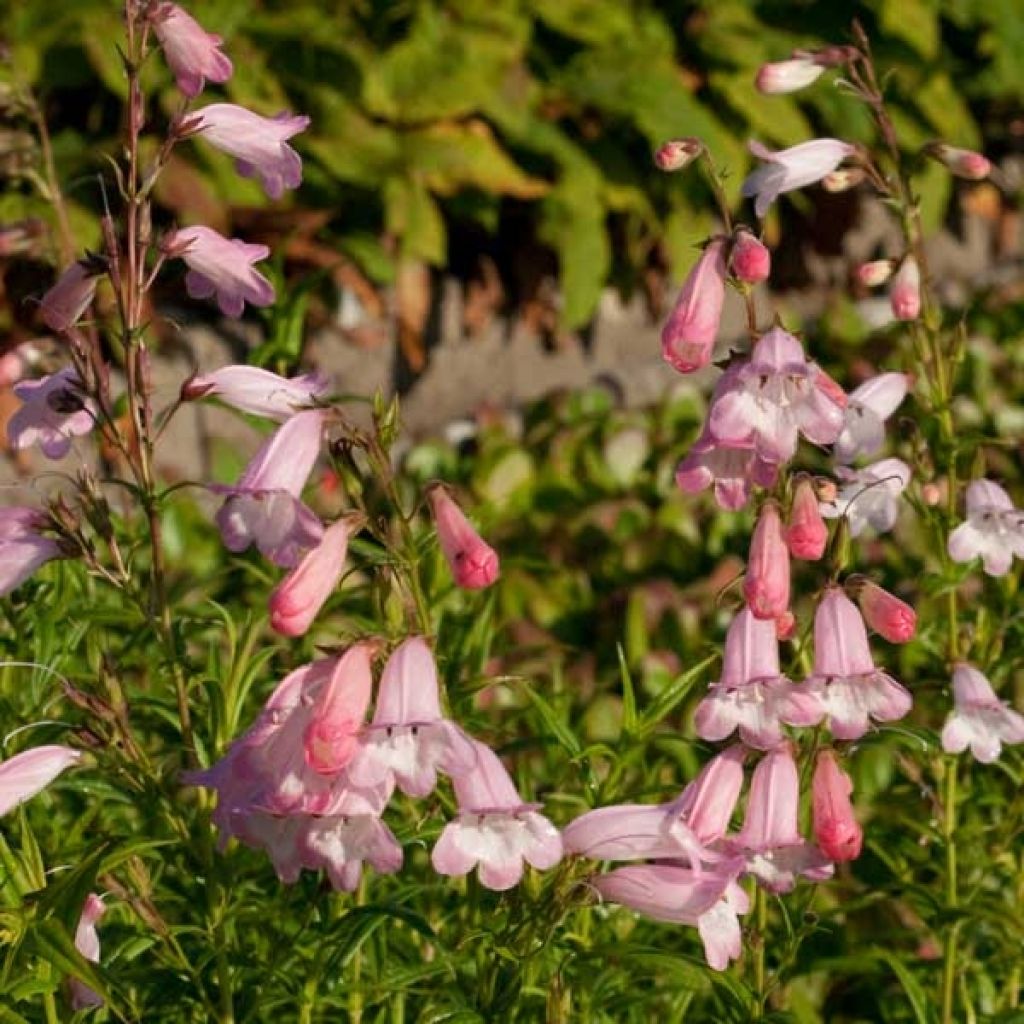

Penstemon Apple Blossom - Beardtongue
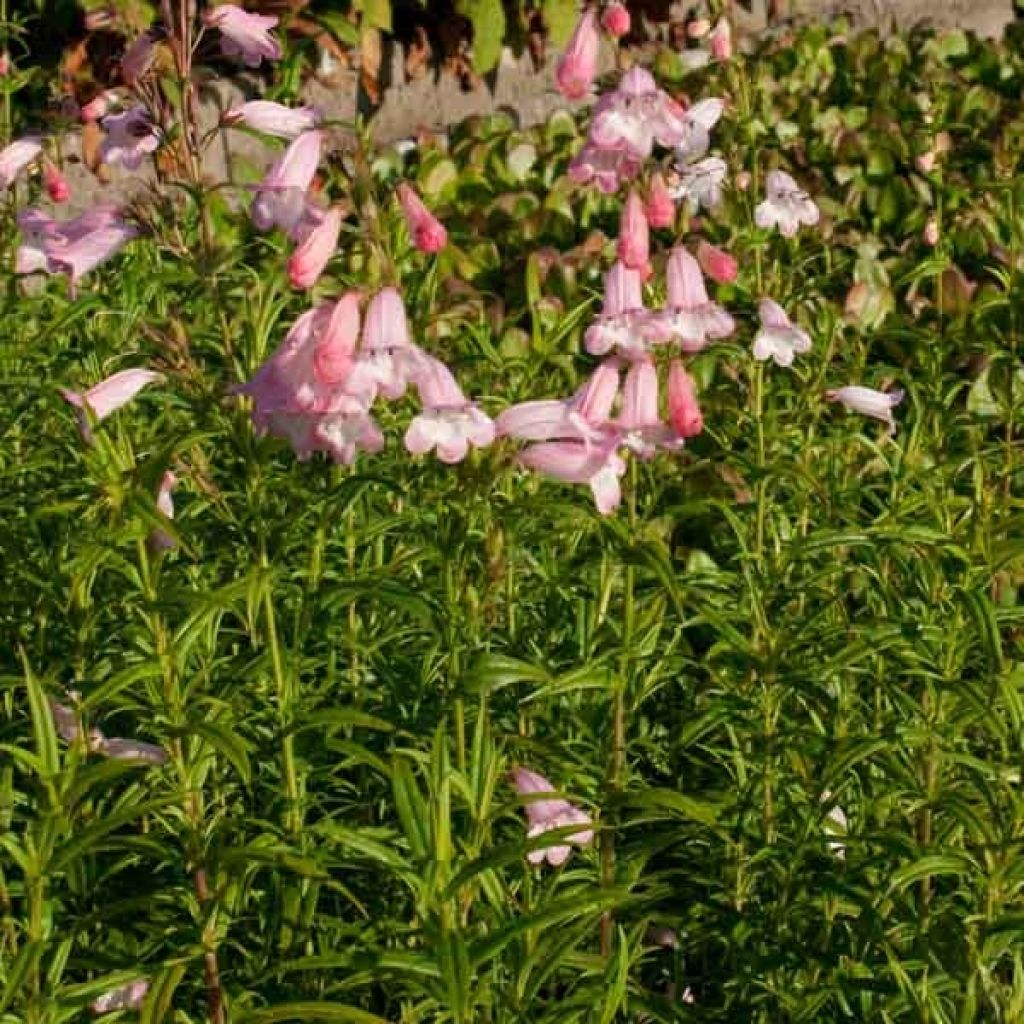

Penstemon Apple Blossom - Beardtongue
Penstemon Apple Blossom - Beardtongue
Penstemon Apple Blossom
Bellflower Beardtongue, Canterbury Bells Penstemon
Beautiful plants and I hope for a lovely flowering.
pascal, 16/03/2023
This item cannot be shipped to the selected country
Delivery charge from €5.90
Delivery charge from €5.90
More information
Delivery charge from €5.90
Delivery charge from €5.90
More information
Schedule delivery date,
and select date in basket
This plant carries a 12 months recovery warranty
More information
We guarantee the quality of our plants for a full growing cycle, and will replace at our expense any plant that fails to recover under normal climatic and planting conditions.
From €5.90 for pickup delivery and €6.90 for home delivery
Express home delivery from €8.90.
From €5.90 for pickup delivery and €6.90 for home delivery
Express home delivery from €8.90.

Does this plant fit my garden?
Set up your Plantfit profile →
Description
Penstemon 'Apple Blossom' is a charming perennial that is covered in small candy pink flowers throughout summer, creating a bright pastel pink mist in sunny flower beds and rock gardens. They are produced in abundance on a well-branched plant with semi-evergreen foliage. While not very hardy, it is nonetheless economical and not demanding in terms of soil. Absolutely delightful in the garden or planted in a pot on a patio. It is also a very attractive plant for not too dry rockeries.
'Apple Blossom' is a bushy and woody perennial plant belonging to the Plantaginaceae family, just like foxgloves and snapdragons. It is an old horticultural hybrid resulting from the cross-breeding of several wild species, mostly native to Central America and mountainous areas of western North America. This variety quickly forms beautiful bushy and upright clumps, reaching 70cm (28in) in height and 40cm (16in) in width. Its vegetation consists of branched stems covered in abundant deep green foliage, which is finely lanceolate. It will persist on the plant depending on the severity of the winter. The flowering period extends from June to September-October, provided that faded flower spikes are regularly removed. The flowers develop at the terminal part of the leafy stems. The small bell-shaped flowers, 2.5cm (1in) long, are clustered together. They display a delicate pastel pink colour with a slightly deeper pink at the tips of the lobes, and reveal a pearly white throat marked by light crimson streaks. Being a mountainous plant, it does not tolerate excessively calcareous and clayey soils, or hot and very dry summers.
'Apple Blossom' is perfect in flower beds or borders, among perennials such as agapanthus, Alchemilla mollis, caryopteris, Verbena bonariensis, catmints, or mixed with annuals such as love-in-a-mist or a lovely grass like Pennisetum setaceum 'Rubrum', for example. It will blend in between the stones of a not too dry rockery (and in light soil enriched with compost) with cotton lavenders, butterfly lavenders, wall bellflowers, or Lithodora diffusa. Its association with a shrubby sage with blue flowers like 'Salvia Blue Note' is absolutely exquisite, both in the garden and on a patio. Its pastel pink flowers are also enhanced by dark foliage of Weigela 'Minor Black' or Physocarpus 'Summer Wine'. It performs very well in pots with proper drainage: provide fertiliser and regular watering with low-limestone water. Penstemons also make excellent cut flowers.
Penstemon Apple Blossom - Beardtongue in pictures


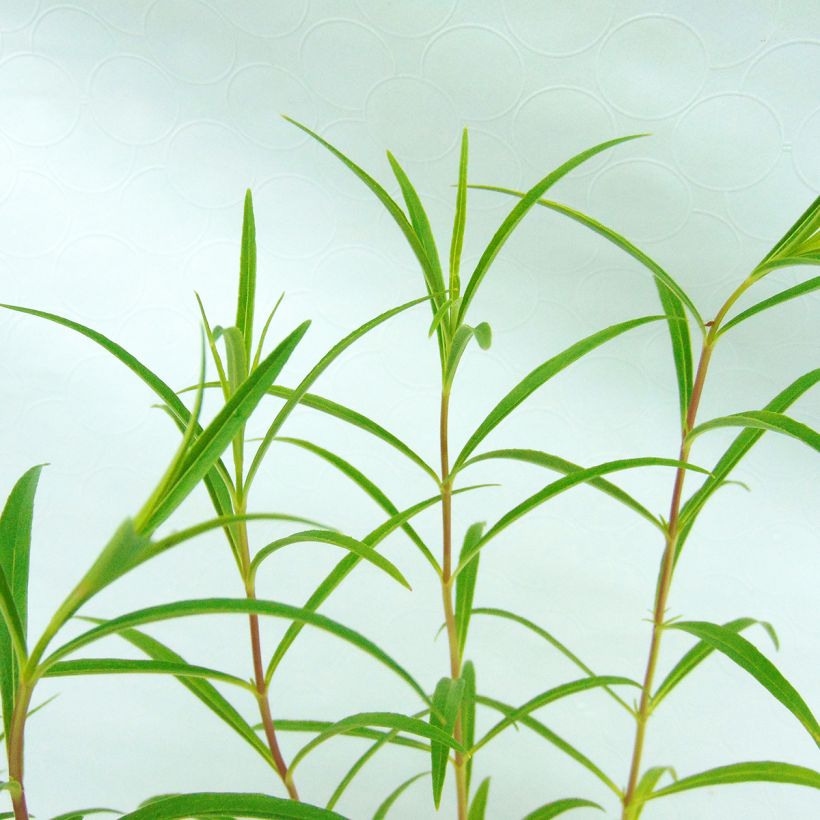

Flowering
Foliage
Plant habit
Botanical data
Penstemon
Apple Blossom
Scrophulariaceae (Plantaginaceae)
Bellflower Beardtongue, Canterbury Bells Penstemon
Cultivar or hybrid
Other Penstemon
Planting and care
It can withstand temperatures around -10°C (14°F) for short periods of time provided that the soil is well-drained in winter and the stump is protected under a thick layer of leaves or straw. It can tolerate temporary drought, but it fears hot and very dry summers. This plant still appreciates some coolness at its base in summer to support its flowering. It fears limestone and heavy soils.
To succeed in growing hybrid penstemons, the nature of the soil is crucial. These mountainous plants appreciate rather rich, light, moist to occasionally dry soils, which are very well-drained, especially in winter. They rot quickly in excessively wet soils. In cool climates, place the plants in a warm and sunny elevated position sheltered from cold winds (south or west exposure). In hot climates, choose a rather cool and semi-shaded exposure. In very cold regions, it is advisable to take stem cuttings in autumn.
Penstemon does not have any specific diseases. This plant requires only minimal maintenance, but when you remove faded flowers in autumn, make sure to slightly shorten the deflowered stems without cutting them down to the ground, especially in regions with humid winters. Indeed, the foliage plays an important role in moisture regulation. Wait for spring to be well established (March-April) to shorten the branches whose foliage has been damaged by the cold. If summer is dry, water regularly to support flowering. In the coldest regions, cover the stump with a glass or a frame to protect it from severe cold. Divide your penstemons every three or four years to rejuvenate them, but wait for spring to perform this operation.
Planting period
Intended location
Care
-
, onOrder confirmed
Reply from on Promesse de fleurs
Summer flowering perennials
Haven't found what you were looking for?
Hardiness is the lowest winter temperature a plant can endure without suffering serious damage or even dying. However, hardiness is affected by location (a sheltered area, such as a patio), protection (winter cover) and soil type (hardiness is improved by well-drained soil).

Photo Sharing Terms & Conditions
In order to encourage gardeners to interact and share their experiences, Promesse de fleurs offers various media enabling content to be uploaded onto its Site - in particular via the ‘Photo sharing’ module.
The User agrees to refrain from:
- Posting any content that is illegal, prejudicial, insulting, racist, inciteful to hatred, revisionist, contrary to public decency, that infringes on privacy or on the privacy rights of third parties, in particular the publicity rights of persons and goods, intellectual property rights, or the right to privacy.
- Submitting content on behalf of a third party;
- Impersonate the identity of a third party and/or publish any personal information about a third party;
In general, the User undertakes to refrain from any unethical behaviour.
All Content (in particular text, comments, files, images, photos, videos, creative works, etc.), which may be subject to property or intellectual property rights, image or other private rights, shall remain the property of the User, subject to the limited rights granted by the terms of the licence granted by Promesse de fleurs as stated below. Users are at liberty to publish or not to publish such Content on the Site, notably via the ‘Photo Sharing’ facility, and accept that this Content shall be made public and freely accessible, notably on the Internet.
Users further acknowledge, undertake to have ,and guarantee that they hold all necessary rights and permissions to publish such material on the Site, in particular with regard to the legislation in force pertaining to any privacy, property, intellectual property, image, or contractual rights, or rights of any other nature. By publishing such Content on the Site, Users acknowledge accepting full liability as publishers of the Content within the meaning of the law, and grant Promesse de fleurs, free of charge, an inclusive, worldwide licence for the said Content for the entire duration of its publication, including all reproduction, representation, up/downloading, displaying, performing, transmission, and storage rights.
Users also grant permission for their name to be linked to the Content and accept that this link may not always be made available.
By engaging in posting material, Users consent to their Content becoming automatically accessible on the Internet, in particular on other sites and/or blogs and/or web pages of the Promesse de fleurs site, including in particular social pages and the Promesse de fleurs catalogue.
Users may secure the removal of entrusted content free of charge by issuing a simple request via our contact form.

































